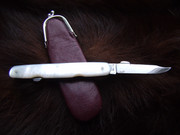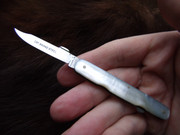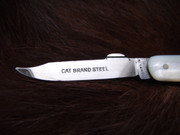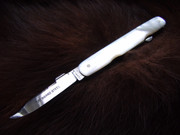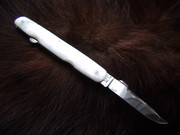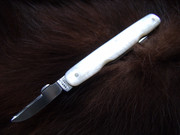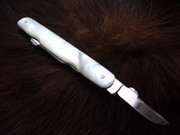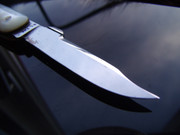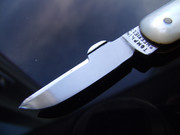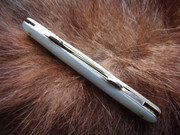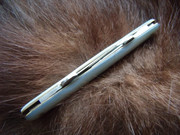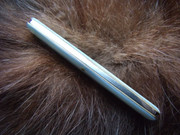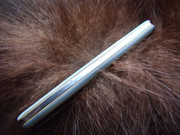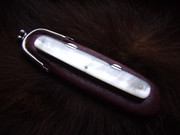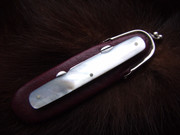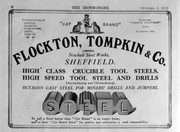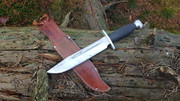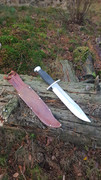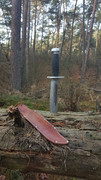Currently learning to work a bit with an old Singer VS3 hand sewing machine made in 1890.
When new a machine like this would cost you about a month's wages, but nowadays these can be bought for only a handful of euro's.
I paid 10 Euro for mine, and there are literally dozens more where this one came from for similar prices.
These high quality machines were made well before the era of planned obsolescence, and are basically indestructible.
The inner workings on this one were covered in a shiny brown veneer that once used to be whale oil, but once that was removed and replaced by a few drops of 5 weight Nano-Oil here and there the machine works almost like new again.
Also disassembled the wiggly wood parts to remove the remnants of the dried out bone glue, and then reglued everything with a good quality waterproof wood glue.
Very useful if you want to take the machine with you to use in places without power sockets.
The machine uses 15x1 size needles and easily stitches two parts of an old leather belt together (total leather thickness ~7,35 mm), so it just might work to make a simple leather knife sheath now and then (if i don't use overly thick leather)
Also does very well for jeans, t-shirts, bed linen, etc.










Also found this wonderful 1934 documentary about the manufacturing processes involved in making a Singer sewing machine at Clydebank, Glasgow, from its raw form of iron to the finished product packed and ready for export.
Sadly without sound, but well worth it (if you like these kind of things)
https://movingimage.nls.uk/film/1592
​
























































